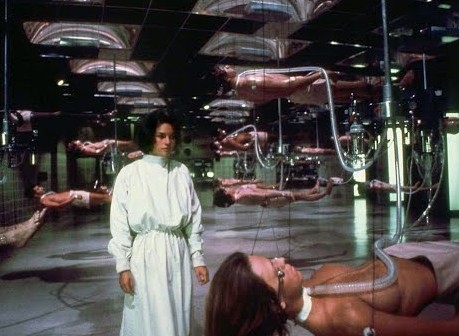When I wrote a brief piece a few years back about Coma, the 1978 Michael Crichton film about corporatized organ theft in a world of wealth disparity, I suggested that no business of tomorrow would want our organs, but they would desire the content of one organ in particular, our brains. It started with search engines and software tracking preferences, locations, etc. The Internet of Things will make the process ubiquitous, yet it’ll seem mundane.
From Brooks Barnes’ NYT article about Disney providing seed money to start-ups:
Roughly half of the companies selected this time involve using data – in one case collected directly from people’s brains – to make products more appealing.
Emotiv, for instance, relies on neuroscience and futuristic headgear to “measure emotions in real time to make actionable business decisions,” Tan Le, the company’s chief executive, said during her presentation. Emotiv technology also allows users to move objects – Jedi-like – with only their thoughts.
Decisive collects information from social media (shares, emojis, comments) to provide a real-time score for how consumers respond to products. (Red images apparently generate less interest than purple images.) Using artificial intelligence software, Imperson allows fans to chat seamlessly online with people who don’t exist, namely cartoon characters. Some details can be “remembered” by the character from chat to chat to enhance the depth of the interaction.•



